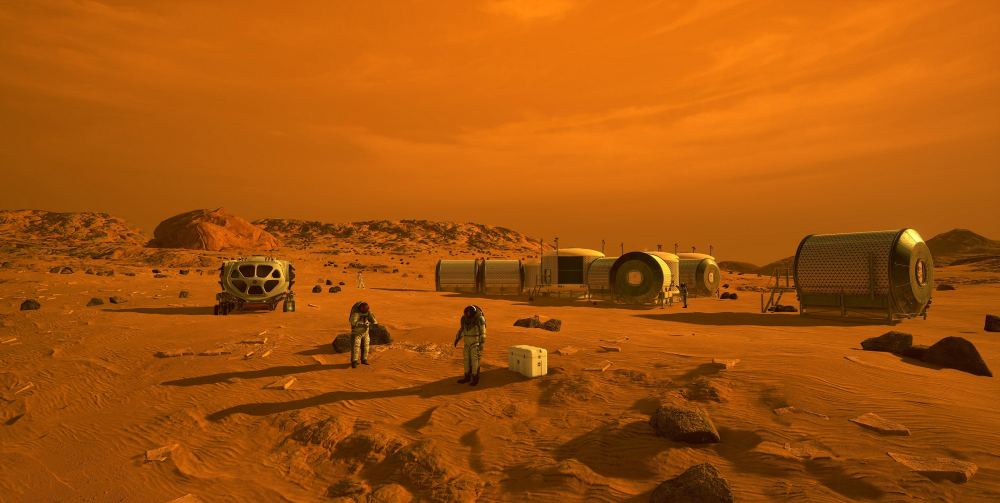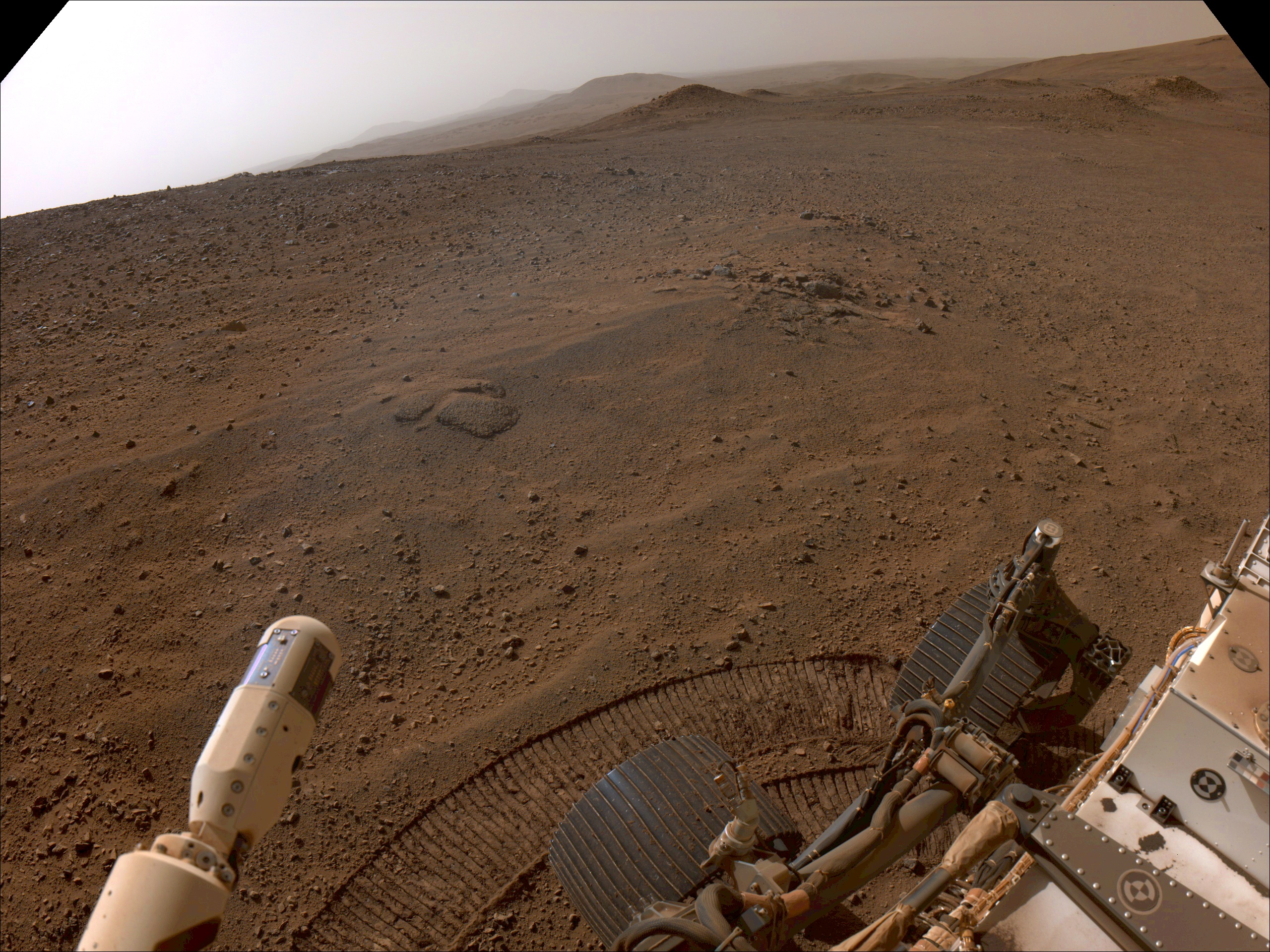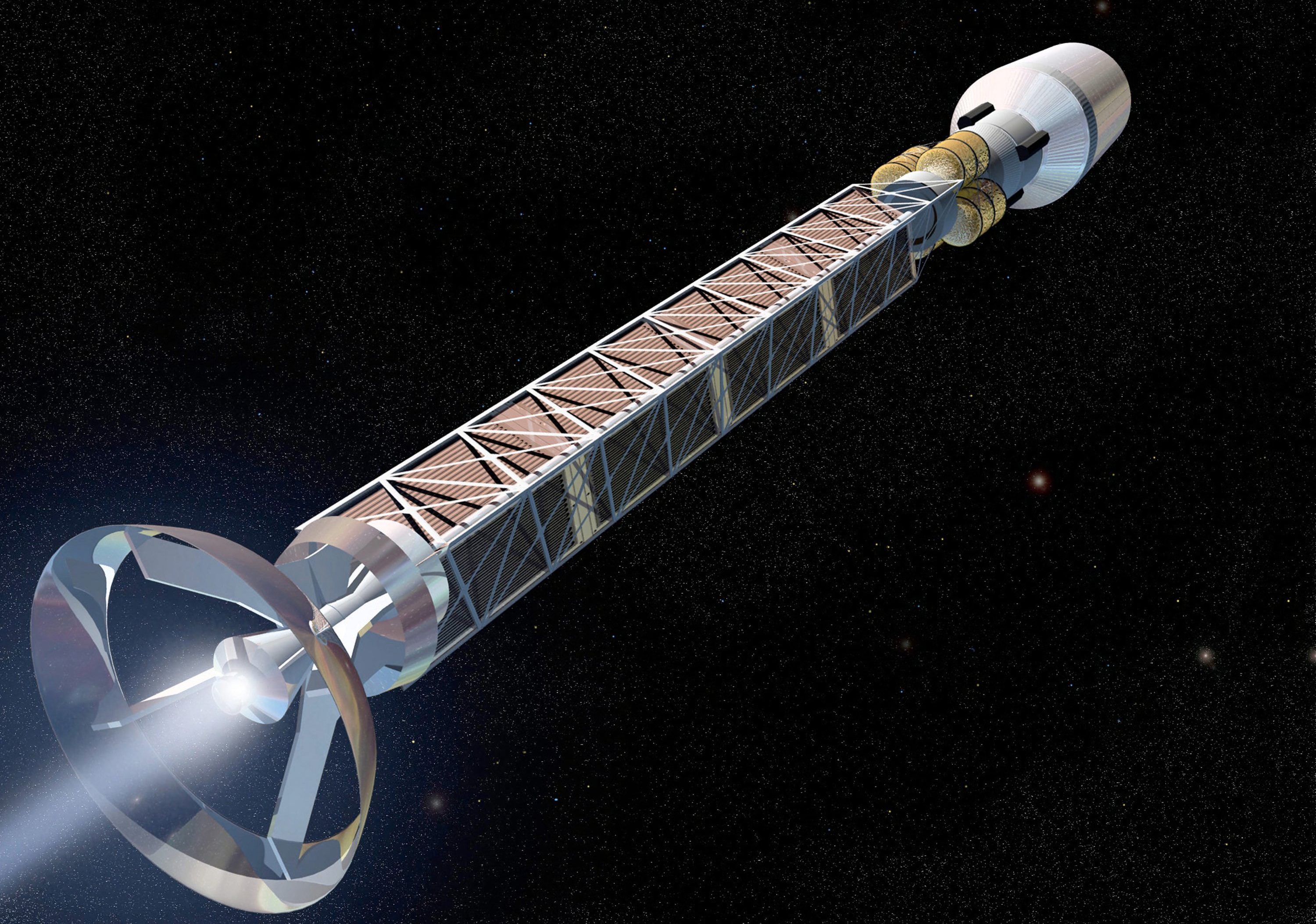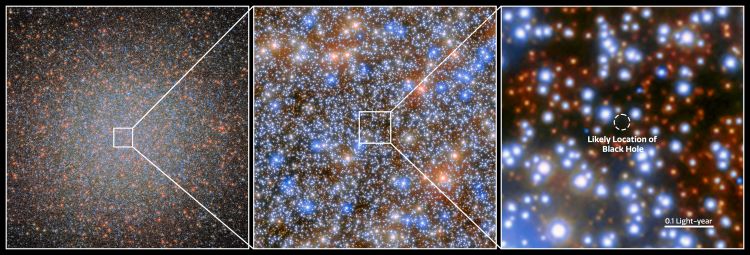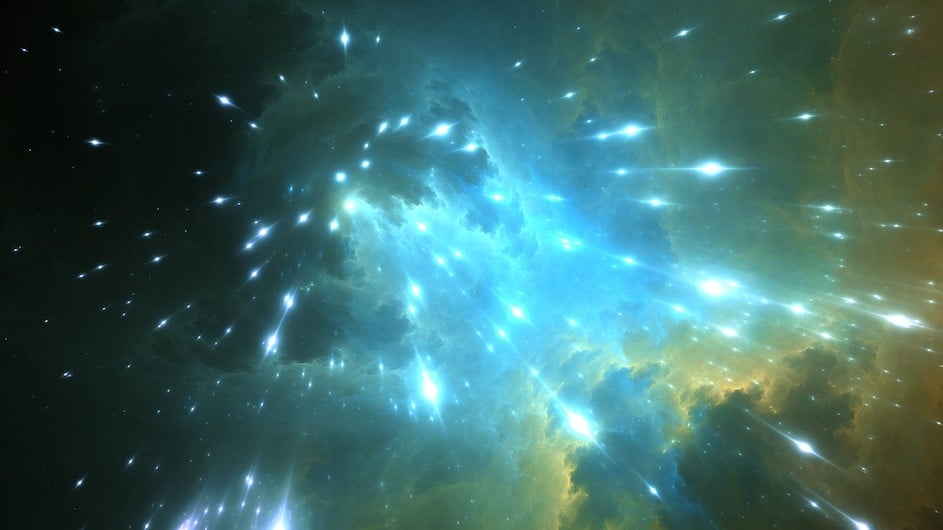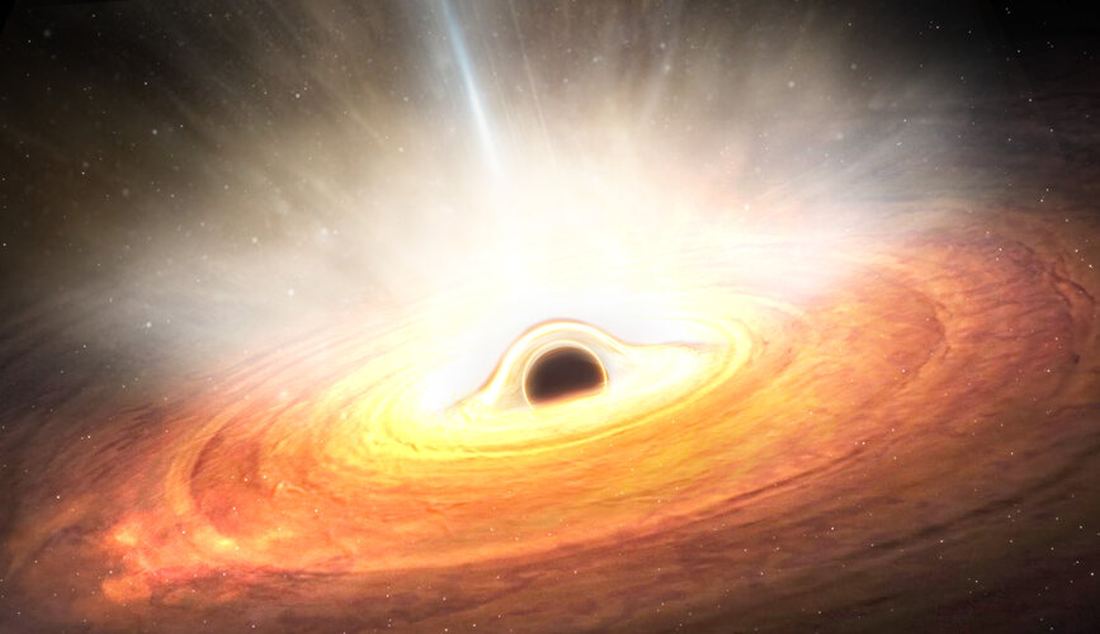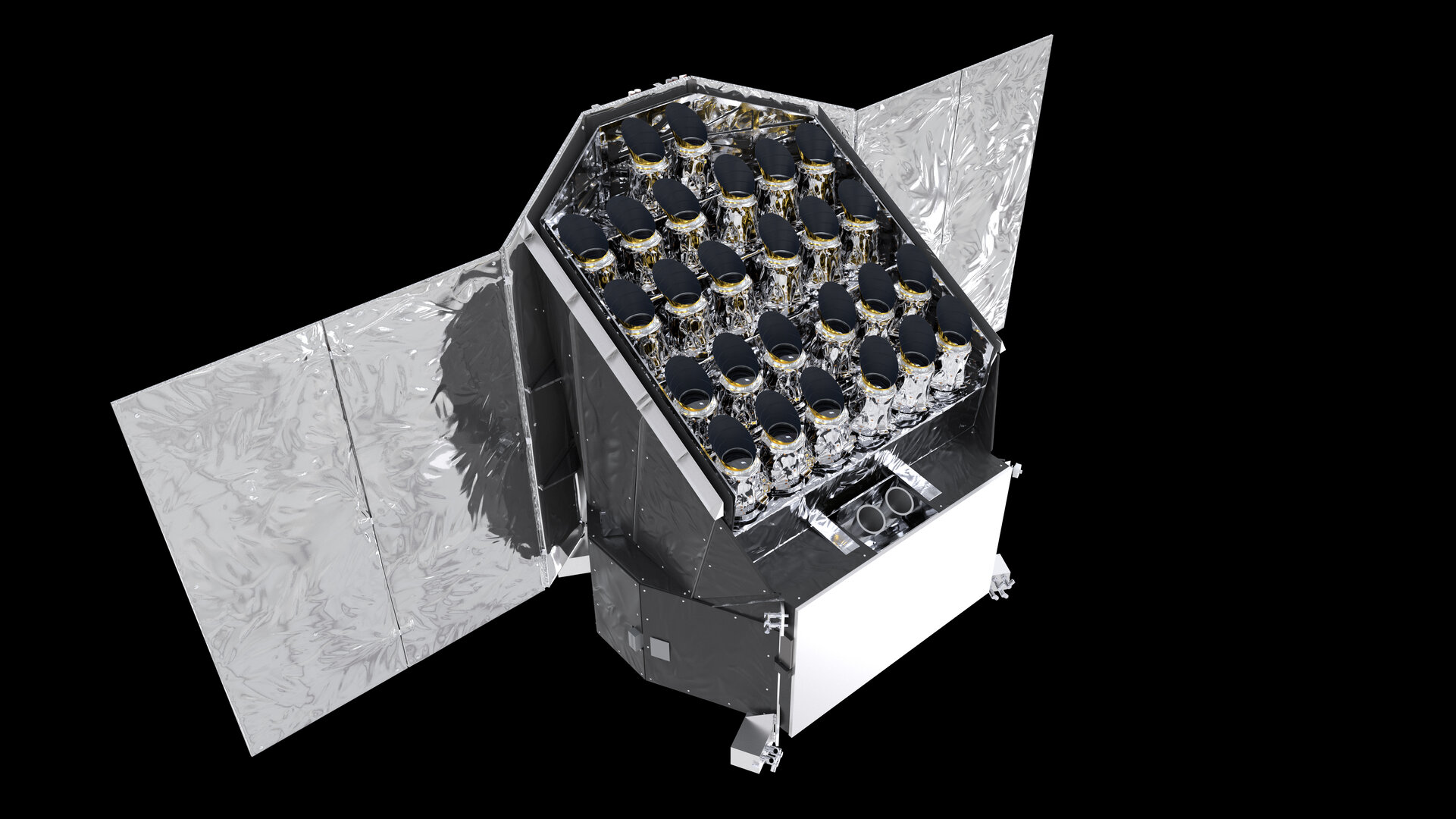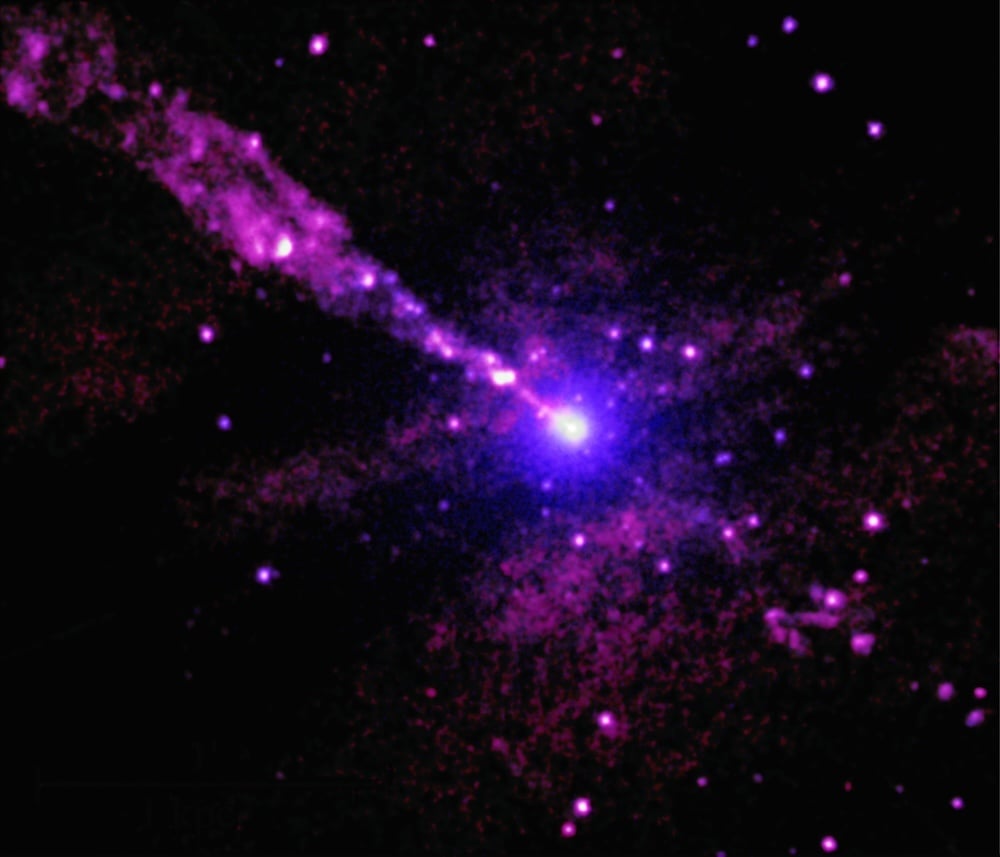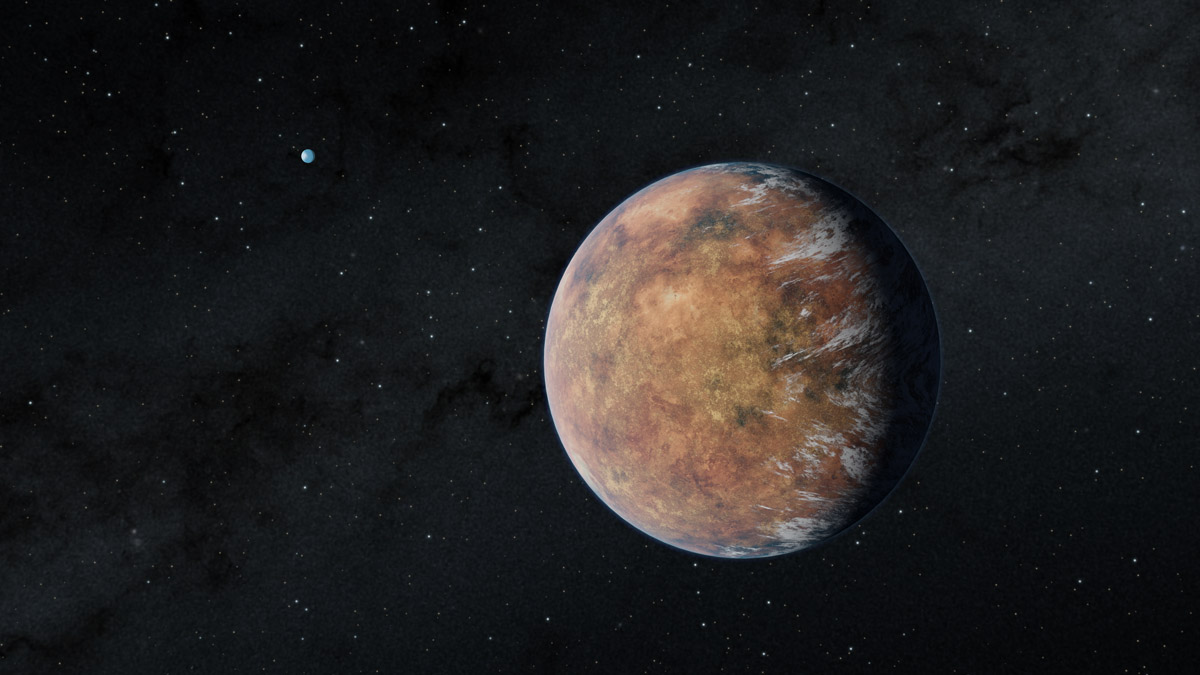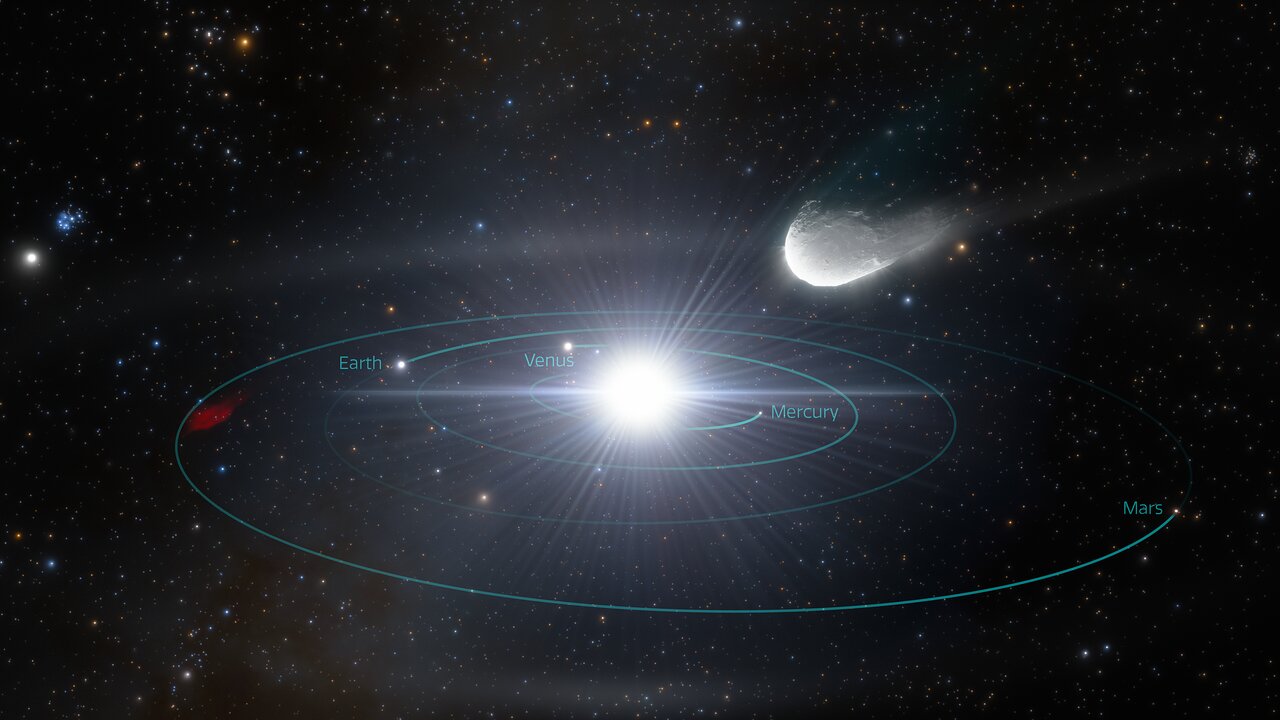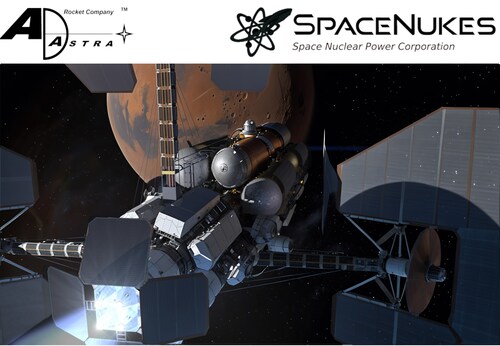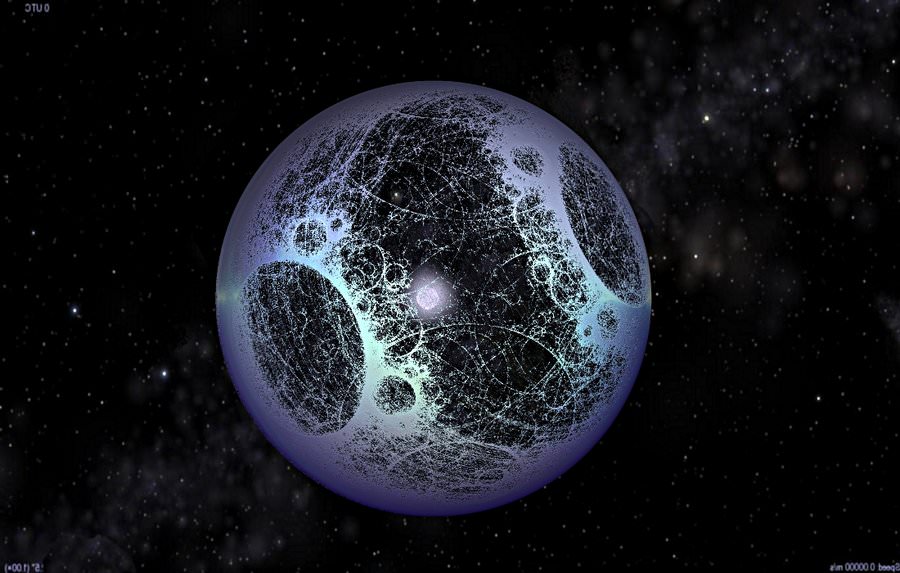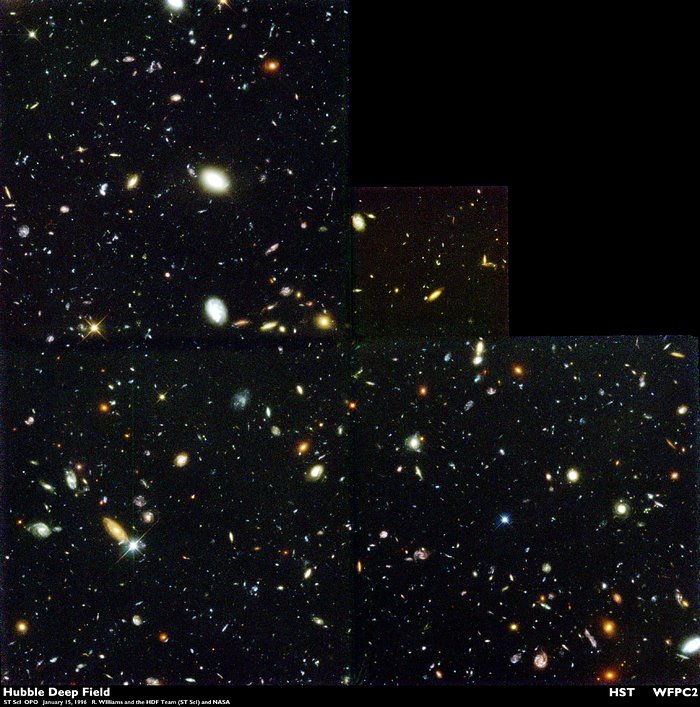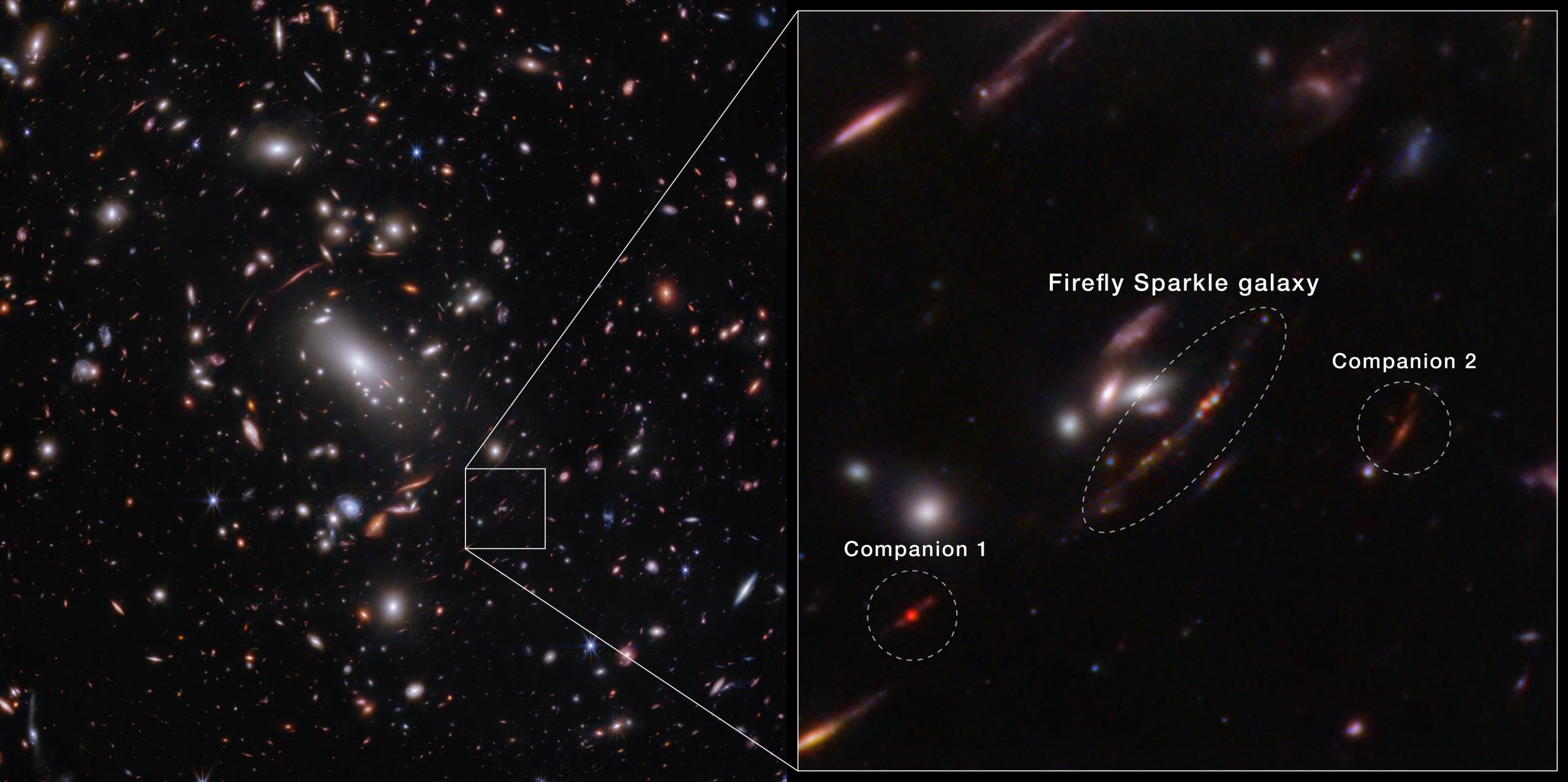
Astronomers have used JWST to weigh a galaxy in the early Universe, finding that it has roughly the same mass as the Milky Way should have had at the same time in the Universe's history. The galaxy was seen in a gravitational lens and contains a collection of star clusters, so astronomers have nicknamed it the "Firefly Sparkle Galaxy." The galaxy also contains companion dwarf galaxies, similar to the Milky Way's Magellanic Clouds, which probably merged with it.
Continue reading
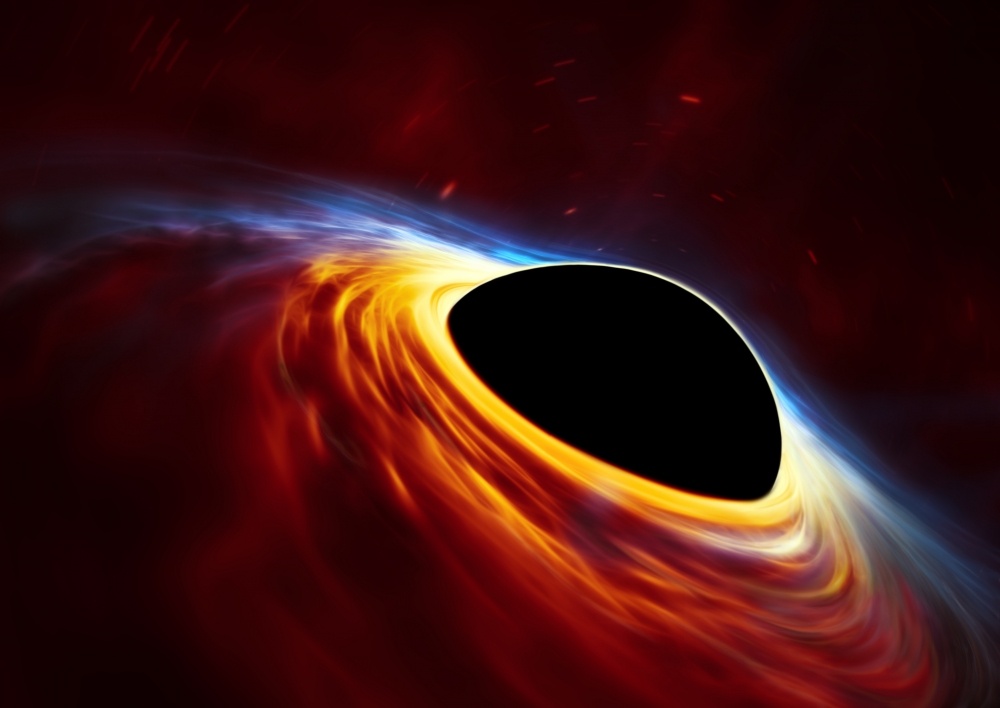
When a massive star dies as a supernova, it can leave behind a pulsar, a rapidly spinning neutron star. The fastest pulsars can spin upwards of 700 times a second, blasting out regular pulses of energy. In a new paper, researchers propose that the fastest-spinning pulsars could contain quark matter in their cores. This would be even denser matter than neutrons and help explain how surprisingly massive neutron stars can spin so rapidly, maybe reaching 1,000 Hz.
Continue reading
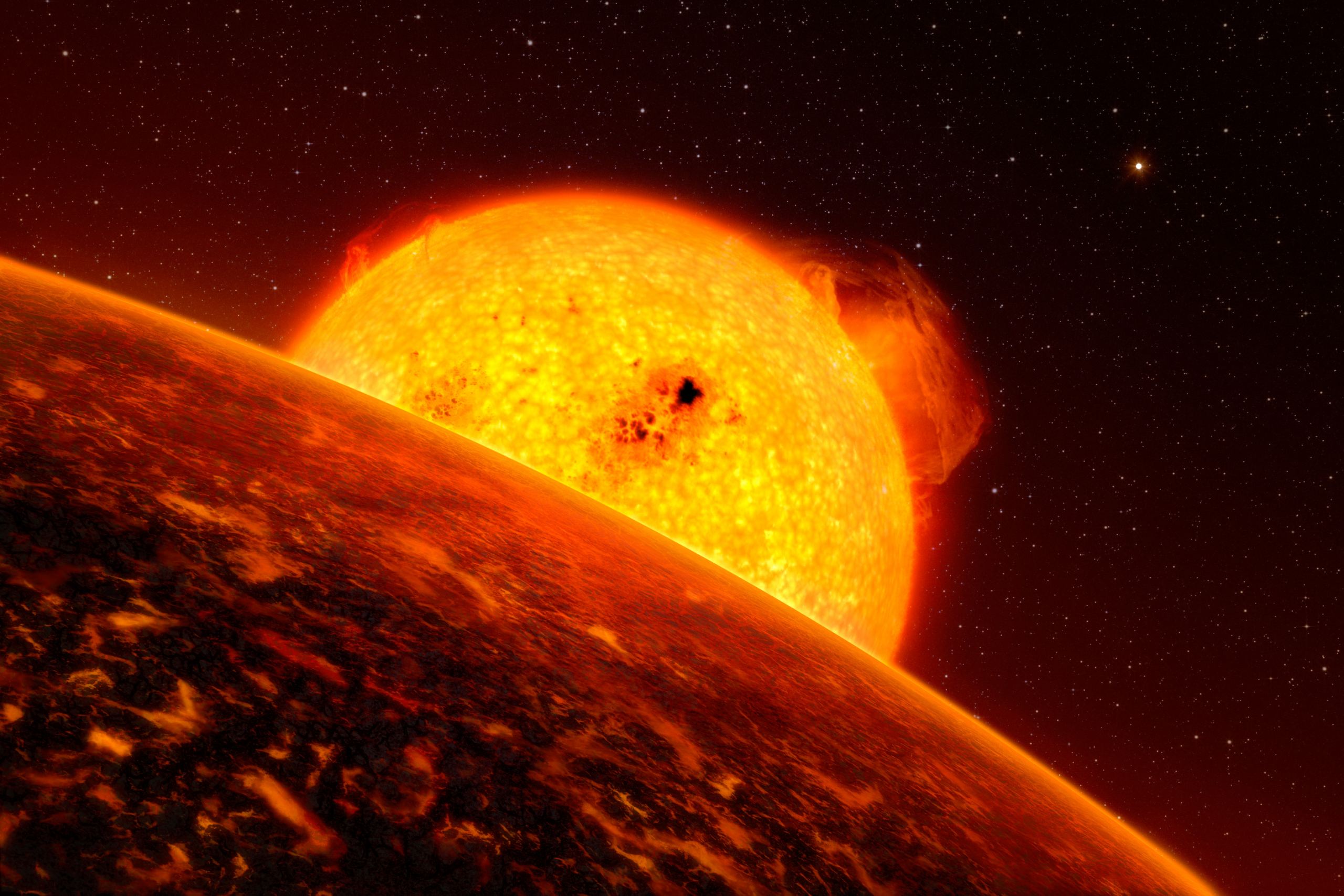
When the Earth was struck by a Mars-sized planet in its early history, it ejected a debris cloud that led to the formation of the Moon. In the beginning, the Moon was extremely close to the Earth, but then conservation of angular momentum led to the Moon drifting away from the Earth - it's still doing it today. Because the Earth was covered in oceans of magma, researchers think the Moon moved quickly away from the Earth, getting to 25 Earth radii within 100,000 years.
Continue reading
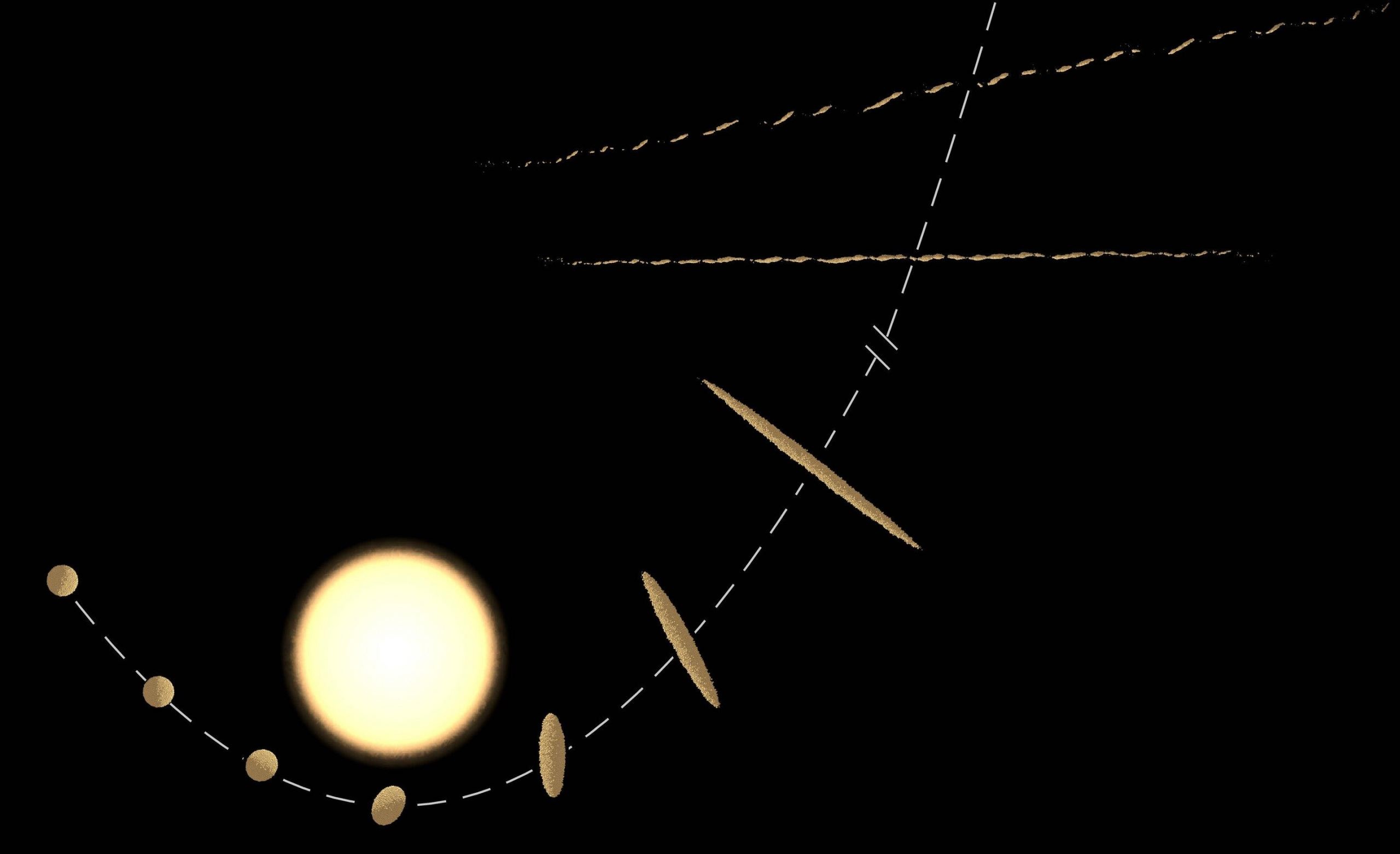
Interstellar objects visit our solar system all the time. A new study shows they likely come in streams of sibling objects from the same star system.
Continue reading
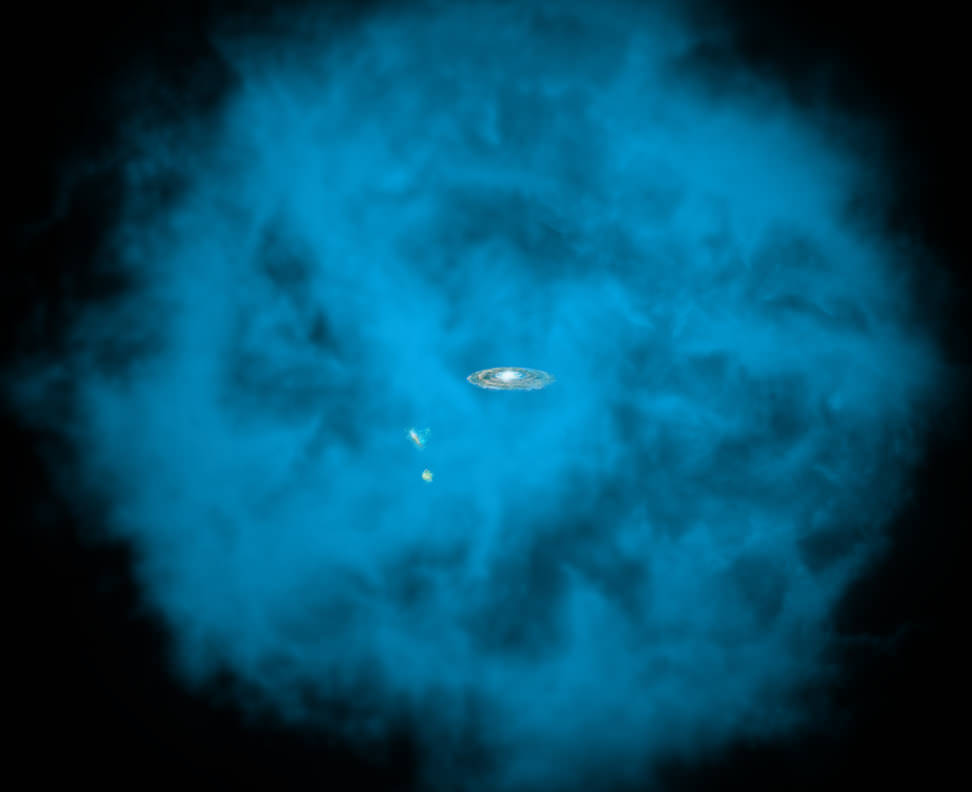
A survey of high velocity clouds in the galactic halo of the Milky Way finds that they make up less of our galaxy's mass than we had previously thought.
Continue reading
